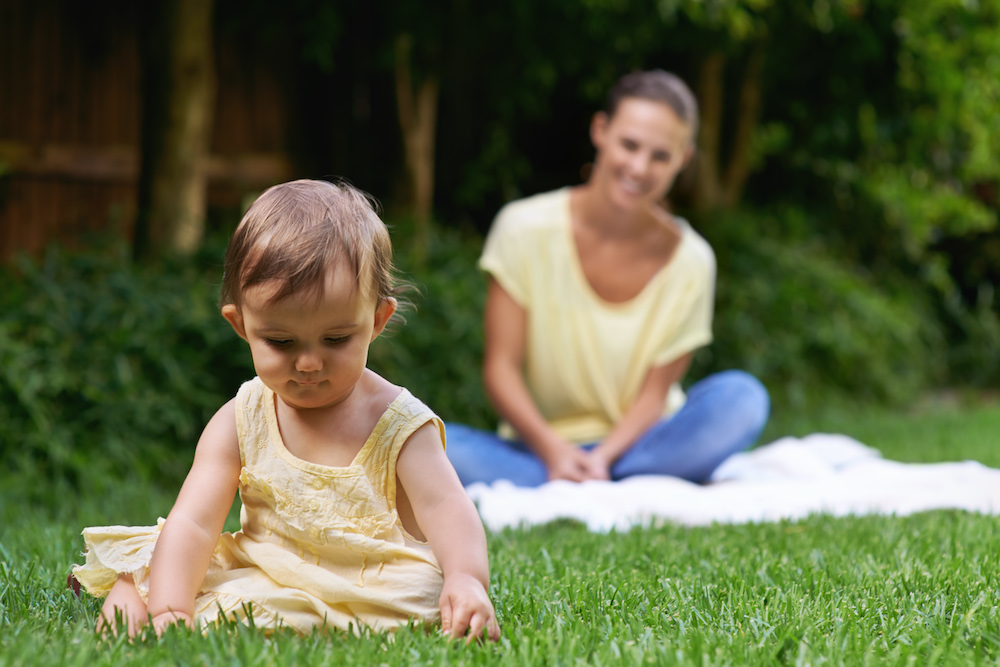Our pets and kids are often the ones who will spend the most time out on the lawn. Finding a grass that can thrive while receiving lots of wear will ensure your lawn will look and perform great in the future. This blog looks at the characteristics you should look for when choosing the best variety.
What characteristics should I look for when choosing turf?
When looking at varieties that are best suited for pets and kids, we recommend making sure the grass has a soft leaf that feels great underfoot for the kids to play on, has a high wear tolerance, and has a fast-repairing nature so that if damage occurs it can repair quickly.

How much sunlight does grass need?
Sunlight is another crucial consideration when choosing the best turf variety for your area. If your area receives quite a lot of shade, you will need to make sure you are choosing a shade tolerant turf variety. On the other hand, if the area you want to install turf gets plenty of sun, you will have more options.

What grass should i install for a high-wear area?
TifTuf Hybrid Bermuda
TifTuf Hybrid Bermuda is an excellent choice for high-wear areas due to its fast-repairing nature. This means if it gets damaged by pets, kids or general wear and tear it can repair itself quickly. This grass is loved not only for its fast-repairing nature but its beautiful soft fine leaf that feels great underfoot.
Not only does this grass perform well, it also looks fantastic! TifTuf is a well-known grass in the turf industry for looking great, especially where other grasses fail! TifTuf can be mown as short as 5mm for a manicured look. For this reason, it has been the grass of choice across many sporting fields not only in Australia, but across the globe!
It is the only grass in Australia to be awarded with the Smart Approved Water Mark for its water saving abilities both throughout establishment and after. When choosing TifTuf Hybrid Bermuda we recommend that your area receives at least 5-6 hours of direct light. This varieties fast repairing nature can require a few extra mows throughout the warmer months as it grows at a quicker rate.
You can find more information on TifTuf Hybrid Bermuda here.

Get Turf Quotes
What grass should i choose for my family?
Sir Walter DNA Certified Buffalo
Sir Walter is the grass of choice for many Aussie families. This is a versatile grass with a beautiful low allergenic soft broad leaf well suited to the Australian climate.
This grass has a soft leaf that can stand up to wear and tear from pets and kids. Sir Walter has a lush green leaf and a dense growing nature giving your lawn look lush! This dense growing nature can also help block out many weeds from growing in your grass.
Sir Walter DNA Certified is a versatile grass that can handle full sun and shaded areas. It needs a minimum of 3-4 hours of direct light per day or scattered light throughout the day. This variety is low maintenance grass. It is best mown between 30 to 50mm high, shorter during summer and longer in winter.
Sir Walter DNA Certified has stood the test of time since it was introduced to the market in 1997. It has remained Australia’s best buffalo grass.
You can find more information on Sir Walter DNA Certified Buffalo here.

For more specific advice on choosing the best lawn to suit your family’s pets and kids, it is best to chat with your local Lawn Solutions Australia turf supplier. You can see who your local Lawn Solutions turf suppliers are and their contact details by using this link and entering your postcode here.